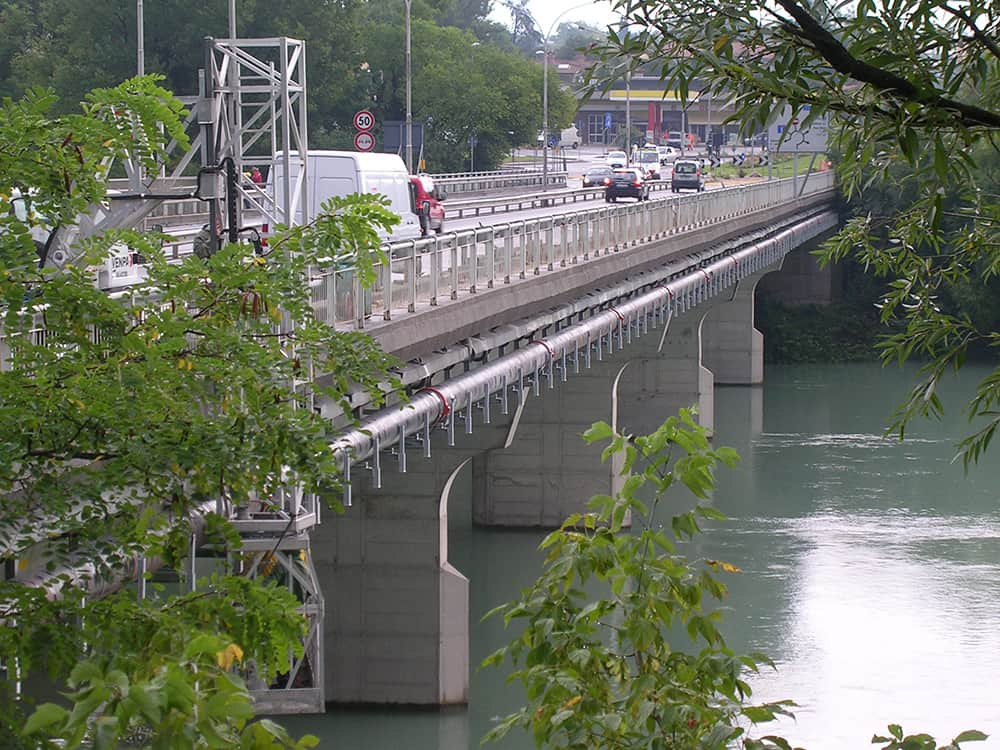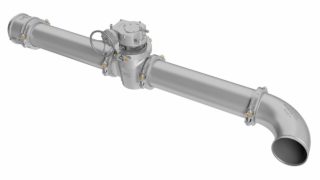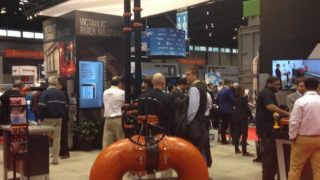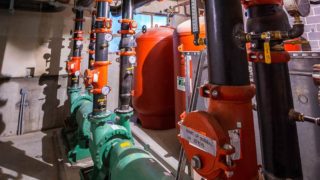Posted on September 19, 2017
Each year, The American Society of Civil Engineers (ASCE) releases an annual report card rating the state of the United States Infrastructure, in a comprehensive, 112 page report. In 2017, the U.S. scored a D+. Within the report it notes that almost 4 in 10 bridges are over 50 years or older and require replacement or repair, more than 56 million people are expected to put a strain on our existing wastewater treatment facilities, and over 2,000 DAMS are deemed deficient with high hazard potential. The report card urged state governments to raise infrastructure spending and begin counteracting these problems.
Unfortunately, the decision to increase infrastructure funding isn’t an easy one to make, leaving states with limited funds that must stretch over a number of very expensive projects. In the midst of this infrastructure funding deficit, and the growing number of issues that lay before the industry, what can manufacturers, engineers and contractors do? Smarter, more efficient solutions are an answer, and data and technology is one way we can get there.
Fifty plus years ago, when many of these structures were put online, we did not have access to the data and technology that we do today. Now, the use of data and technology can be used to assist with identifying potential issues and possible errors both in new construction projects, and in existing facilities. This powerful information can be used to help extend the life of our infrastructure, and build smart and more efficient structures and facilities in the future.
One prime example of this technology is digital bridge monitoring. Sensors are being used to assist with monitoring bridge stability by locating structural issues that could not be detected through daily or weekly human monitoring. Locating stress points early allows teams to better plan and perform necessary and ongoing maintenance before it’s too late, with the hope of avoiding the potential for costly and time consuming bridge or plant shut downs. This is just one example of IoT (Internet of Things) technology, and the impact it is having on the infrastructure market. Monitoring of facilities, including equipment performance through sensors allows companies to see when maintenance is required early, so that issues won’t continue to grow. IoT is also being used to monitor jobsite safety through the use of wearable technologies, energy efficiency through smart sensors, and onsite inventory through tagging to track material location and usage.
IoT is just a small example of companies utilizing technology to stay informed and think future forward. If embraced, this powerful data has the potential to help America keep its current infrastructure running longer, and assist in ensuring that new facilities are built to last. It will take strides to move our grade from a D+ to an A, but if engineers, contractors, owners and manufacturers begin to invest in these technologies, they can help drive the industry forward from within and deliver confidence to the American people.





